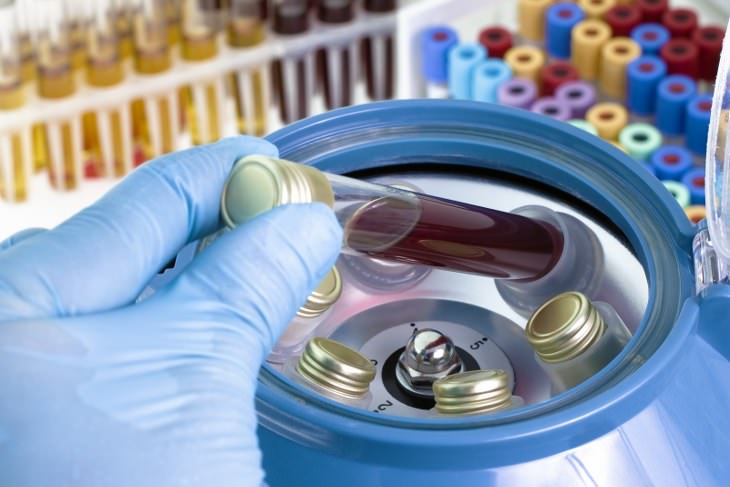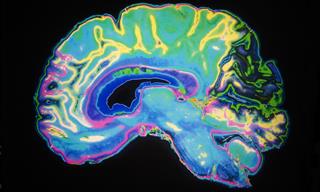A complete blood count (CBC) is a blood test which you can have performed in order to check the levels of different kinds of cells in your blood. Such a test includes measurements of white blood cells, red blood cells, and platelets. This test may be performed for quite a number of reasons and can help you make sense of certain symptoms or to diagnose a disease.
What Info Does a CBC Provide?
White blood cell count (WBC) - White blood cells (WBCs) protect our bodies from inner hostility by recognizing viruses, bacteria, and cancer cells, and marking them to be destroyed. A CBC will give you information about the levels of all types of white blood cells. The total white blood cell count should normally be between 4,500-10.000 cells/mcL.
Red blood cell count (RBC) - Red blood cells (RBCs) are used by our bodies to provide oxygen to all of the other cells, and a CBC can tell you how effectively they are working. The standard levels for red blood cells are normally:
• RBC count - 4.7-6.1 million cells/mcL for men, 4.2-5.4 million cells /mcL for women
• Hemoglobin - 13.8-17.2 grams/dL for men, 12.1-15.1 grams/dL for women
• Hematocrit - 40.7-50.3 percent for men, 36.1-44.3 percent for women
• MCHC - 32-36 gm/dL
• MCV (mean corpuscular volume) - 80-95 femtoliter
• MCH - 27-31 pg/cell
Platelet count - Platelets are responsible for creating clots to prevent you from bleeding out when you get injured and are responsible for the formation of scabs. A normal platelet count is between 150,000-400,000/dL.
Atypical Levels and Cancer Treatments
There are a vast number of reasons why your doctor may suggest you get a CBC. When it comes to cancer, a CBC is often taken at the time of diagnosis, and a number of other times during treatment. While chemotherapy interferes with cell division in cancer cells, it can also affect rapidly dividing cells in your bone marrow, unfortunately. That's why atypical blood cell levels during chemotherapy are known as bone marrow suppression.
A low level of white blood cells during chemo is typically known as chemotherapy-induced neutropenia. Neutrophils are only a single kind of white blood cell, but they are often the ones responsible for predisposing someone to disease when numbers are low due to chemo.

Low red blood cell levels during chemo is known as chemotherapy-induced anemia. It can happen due to loss of blood from surgery or from the effect of chemo on red blood cell production in the bone marrow.
A low level of platelets during chemo is known as chemotherapy-induced thrombocytopenia. Platelet levels might also be low while treatment is ongoing due to bleeding from surgical intervention.
Source
Images
 Go to BabaMail
Go to BabaMail


























